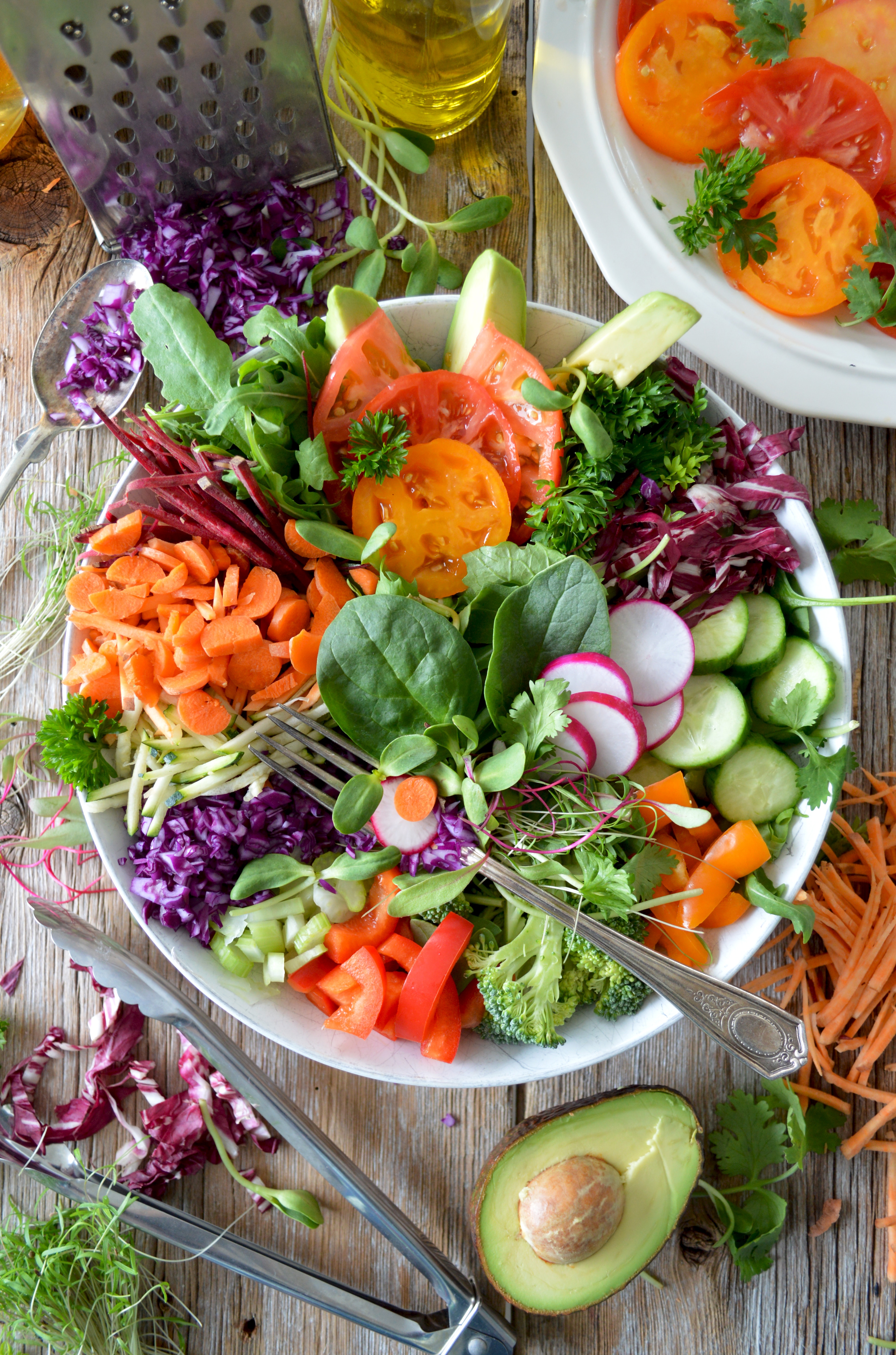What makes some snack choices healthier than others? The secret is to combine foods in a balanced way to boost your energy between meals. Pair a “good” carbohydrate food (e.g. fruit, vegetable, whole grain) with a food that contains protein or fat (e.g. hummus, tahini, nuts). Try some of the healthy snack combinations listed below.
Use the same snack formula to create your own healthy food combinations that provide longer-lasting energy and more nutrition than a bag of potato chips.
The perfect time to snack is when more than four hours have passed since your last meal and your next meal is hours away. Also, be sure to eat a mostly carbohydrate snack of 100 – 200 calories before a workout for more energy.
Healthy snack food combinations
These strategic combinations of whole foods will keep you energized throughout the day:
10 whole-grain crackers + ¼ cup hummus or 1 oz. plant-based cheese wedge
1 red bell pepper, sliced and carrot sticks + ¼ cup hummus
1 apple or banana, sliced + 2 T. almond butter
1 slice Ezekiel raisin bread or ½ English muffin, toasted + 2 T. almond butter
1 slice sprouted whole-grain bread, toasted + ½ avocado slices + arugula
1 cup fresh berries + 5.3 oz. plain almond or coconut milk yogurt
¼ cup low-fat, low-sugar granola + 5.3 oz. plain almond or coconut milk yogurt
1 pear, sliced + ¼ cup toasted pecans
Celery sticks + Kite Hill almond milk cream cheese-style spread with chives
1 peach, sliced + ¼ cup Kite Hill ricotta-style almond milk cheese
1 cup coconut milk + ½ cup fresh berries + ¼ cup chia seeds
½ cup mango slices + ¼ cup raw almonds
1 cup watermelon cubes + 1 oz. almond milk cheese slices
Roasted cauliflower, broccoli or asparagus + ¼ cup tahini and lemon dressing
1 cup red grapes + ¼ cup walnuts
1 whole-grain corn tortilla, sliced into 8 “chips”, baked + salsa + guacamole
Roasted chickpeas seasoned with cumin and chile powder + tzatziki sauce
Dark chocolate squares + 1 cup fresh berries
Orgain Vegan All-in-One Protein Shakes
Artisana Organic Almond Butter (single serving squeeze packs)
LARABAR (fruit + nut bars)
Sunsweet “Amaz!n” prunes fruit packs
Yogurt (low-sugar, almond or coconut milk)
Granola (Bear Naked Fit, Purely Elizabeth, Bob’s Red Mill)
Homemade trail mix with raw cashews, sunflower seeds and raisins




